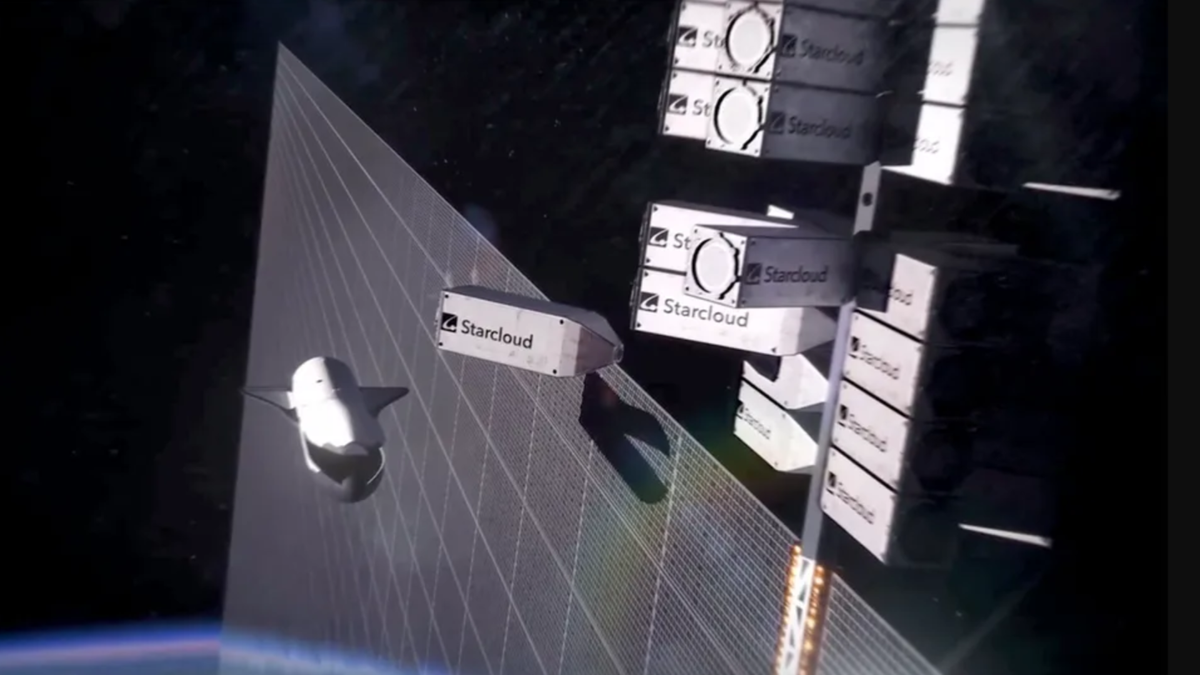
I sometimes try to squeeze in work during a long airline flight, and for that I typically need to tap into the in-flight Wi-Fi. How do today's airlines fare at providing good wireless access? A new report from Speedtest app provider Ookla looks at the best and worst of in-flight Wi-Fi.
To compile its report, Ookla analyzed the data collected by its Speedtest app during the first quarter of 2025. The results included Wi-Fi performance for individual airlines, as well as that of specific service providers who offer satellite connectivity or ground-based cellular access.
Also: The top 10 laptops our readers are buying this year (no. 1 surprised us)
(Disclosure: Ookla is owned by Ziff Davis, ZDNET's parent company.)
The best in-flight Wi-Fi
In-flight Wi-Fi used to be essentially a luxury -- free to airline club or loyalty members and a paid option for everyone else. Over time, that luxury turned into a convenience and has now become an expected service, according to Ookla. More carriers, such as Delta and American, are freely offering it to all passengers. The airlines are also taking advantage of evolving satellite services such as Starlink.
Though onboard Wi-Fi has grown in demand, the performance doesn't yet match expectations. For the majority of people, in-flight Wi-Fi compares very poorly with their experiences on terrestrial networks, Ookla said. In the past, people complained about the inaccessibility and poor signals of onboard Wi-Fi. Those aspects have likely improved over time, though performance is still lacking in comparison with land-based networks.
Also: Should you upgrade to Wi-Fi 7? Here's my verdict after testing this next-gen router at home
"In our recent analysis of Wi-Fi generations in the US, looking at Wi-Fi 5 and Wi-Fi 6, we compare 'all-providers' with the best in-flight (being Starlink)," Ookla industry analyst Kerry Baker told ZDNET. "The median download speeds on Wi-Fi 5 and Wi-Fi 6 are 226.66 Mbps and 374.76 Mbps respectively, versus 152.37 Mbps on Starlink. We see the same disparity on upload speeds and latency as well. Additionally, this is comparing average Wi-Fi to the best in-flight provider. As we can see from the other in-flight results, it is an even bigger gap for the majority."
Still, when you're 40,000 feet in the air, decent Wi-Fi is better than no Wi-Fi. Among the 30 airlines analyzed, Hawaiian Airlines and Qatar Airways took top honors for the best download and upload speeds and the lowest latency, far surpassing the competition. Both carriers use Starlink's low-Earth orbit (LEO) satellites, allowing them to achieve better performance than many of the other airlines.
Several airlines that also scored well for in-flight Wi-Fi were Spirit Airlines, Air Canada, Delta Airlines, Breeze Airways, American Airlines, and Aeromexico. All serve download speeds above 10 megabits per second, along with basic upload speeds. Taking into account both the upload performance and the higher latency results, passengers should be fine trying to send an email or perform other simple tasks. But online gaming and video calling are probably out of the question.
What about the worst performers?
At the bottom of the scale was Lufthansa, which Ookla said is limited by its Deutsche Telekom LTE ground-to-air network. Though other Wi-Fi services may be available, many passengers are still connecting using this ground-based option. Other airlines that fared poorly include Japan Airlines, Turkish Airlines, and Cathay Pacific. Based on Ookla's data, many passengers are still bumping into a bad Wi-Fi experience with these carriers.
The report also analyzed the performance among in-flight service providers. The data here included a mixture of companies that offer geostationary, low-earth orbit, and medium-earth orbit satellites, and multi-orbit and hybrid networks, and even cellular LTE.
At the top of the list was SpaceX's Starlink. Here, the dense low-earth orbit satellites provide considerably higher speeds and lower latency compared with companies that use geostationary satellites. The stats show Starlink with a median download speed of 152.37 Mbps, an upload speed of 24.16 Mbps, and a multi-server latency rate of only 44 milliseconds.
Also: T-Mobile's Starlink satellite service launches in July - here's who can get it for free
Carriers with multi-orbit satellites also performed near the top of the heap. In particular, Hughes and Intelsat came in with strong median download speeds of 84.55 Mbps and 61.61 Mbps, respectively. Though it uses geostationary satellites, Viasat achieved a solid download speed of 50.38 Mbps.
At the bottom of the scale was Deutsche Telekom. With its LTE-based ground network, the carrier delivered a median download speed of just 4.14 Mbps. Other providers with poor in-flight Wi-Fi performance included Turk Telekom, MTN Satellite Communications, and Inmarsat.
Of course, in-flight Wi-Fi performance can vary based on routes, location, airplane models, and onboard equipment. Many carriers are still in the process of upgrading their wireless equipment and signing deals with different service providers. Ookla promises that it will soon revisit this topic with new information. That data is likely to change as Wi-Fi technology evolves and more carriers focus on Wi-Fi as a necessity and a selling point for passengers.
Get the morning's top stories in your inbox each day with our Tech Today newsletter.

 3 months ago
95
3 months ago
95







 English (US) ·
English (US) ·